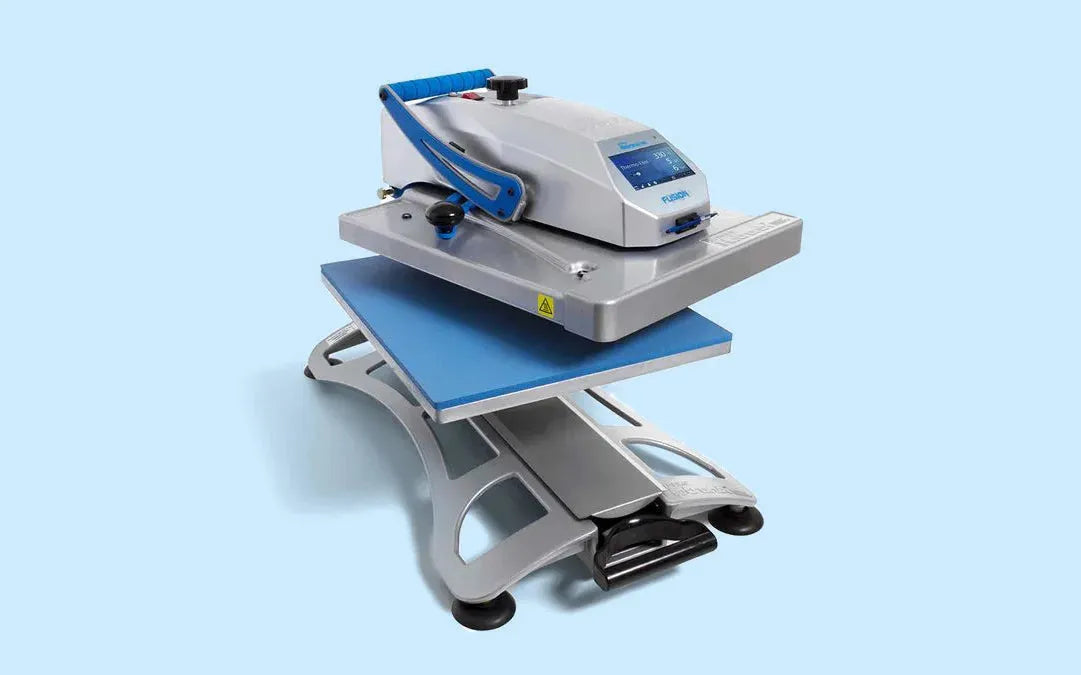
How to Press Transfer Film
How to Press Transfer Film – Step-by-Step Guide for Best Results
Transfer film pressing is an essential process in creating high-quality custom apparel and merchandise. The technique allows designs printed on special transfer film to be transferred to a variety of fabrics, ensuring vibrant colors, sharp details, and durable results. Whether you are a small business owner, a hobbyist, or a professional printer, mastering the pressing process is crucial for achieving consistent outcomes. Using the right technique minimizes mistakes, reduces wasted materials, and improves overall efficiency in production.
Understanding Transfer Films
Before pressing, it is important to understand the materials involved. Transfer films are typically coated with a heat-activated adhesive layer that allows ink or designs to stick to fabric. They come in different types, including DTF (Direct-to-Film), sublimation, and heat transfer vinyl (HTV). Each type requires specific pressing conditions, but all benefit from controlled temperature, pressure, and timing. Proper handling of the film also ensures that the artwork remains intact, with no smudging or distortion during the transfer process.
Preparing the Workspace and Equipment
Preparation is key to successful transfer pressing. Begin by ensuring that your heat press is clean and functioning correctly. A clean pressing surface prevents unwanted marks or residue from appearing on the fabric or transfer films. Preheating the press to the recommended temperature is essential for activating the adhesive on the transfer films. Additionally, ensure that your work area is flat, stable, and free from dust. Proper preparation reduces errors, protects the investment in materials, and enhances the final product’s quality.
Setting the Correct Temperature and Pressure
Temperature and pressure are critical factors in transfer film pressing. The recommended temperature varies depending on the type of transfer film and fabric. Generally, DTF films require medium heat, while sublimation and vinyl may require higher temperatures. Pressure should be firm but not excessive, ensuring the film adheres evenly without damaging the fabric. Consistent pressure across the entire surface of the design prevents incomplete transfers or uneven prints. Following the manufacturer’s guidelines for heat and pressure ensures the best results and minimizes the risk of errors.
Aligning and Positioning the Design
Accurate placement of the transfer films is essential. Begin by carefully positioning the design on the fabric, using guides or rulers if necessary. Many printers use heat-resistant tape to secure the film in place and prevent shifting during pressing. Misalignment can result in off-center designs or overlapping prints, which may require reprinting and waste materials. Taking time to ensure proper positioning increases efficiency and helps achieve professional results.
Pressing the Transfer Film
Once the temperature, pressure, and alignment are set, begin the pressing process. Place a protective sheet, such as parchment paper or Teflon sheet, over the transfer films to prevent direct contact with the heat plate. Close the heat press for the recommended time. Timing is crucial; too short may result in incomplete adhesion, while too long can overheat the design and damage the fabric. After the pressing cycle, carefully lift the press and allow the material to cool slightly before handling. Proper technique ensures vibrant colors, smooth edges, and long-lasting durability.
Peeling and Finishing the Transfer
After pressing, remove the protective sheet and carefully peel the transfer film, following the recommended method. Some films require a hot peel, while others need to cool before removal. Following these instructions prevents tearing, smudging, or lifting of the design. Once peeled, the fabric may be pressed briefly again to set the design further, enhancing durability and washability. Proper finishing techniques ensure that the final product meets professional standards and withstands repeated wear and washing.
Common Tips for Better Results
Several tips can help improve the quality and consistency of pressed transfer films:
-
Always test a small section or sample garment before full production.
-
Ensure the fabric is clean and free of wrinkles, dirt, or moisture.
-
Avoid pressing over seams, zippers, or thick areas to prevent uneven adhesion.
-
Use a consistent and stable heat press surface to avoid uneven pressure.
-
Store transfer films in a dry, cool environment to maintain quality and prevent moisture-related issues.
Benefits of Proper Transfer Films Pressing
Mastering the pressing process brings multiple advantages. First, it ensures that designs are vibrant, clear, and durable, enhancing the perceived quality of finished products. Second, it reduces material waste by minimizing errors and misprints. Third, consistent pressing techniques improve workflow efficiency, allowing businesses to handle larger orders without sacrificing quality. Lastly, proper handling and pressing extend the life of both the transfer film and the fabric, making the entire process more cost-effective.
Troubleshooting Common Issues
Despite careful preparation, issues may arise. Common problems include incomplete transfers, color fading, or peeling edges. These are often caused by incorrect temperature, pressure, or timing. Adjusting the heat press settings according to the manufacturer’s instructions usually resolves these issues. Additionally, ensuring proper alignment and protecting the design with a cover sheet can prevent smudging and scratches. Regular maintenance of the heat press and checking film quality also contribute to consistent results.
Conclusion
How to press transfer films correctly is a critical skill for anyone working in custom apparel and merchandise production. Understanding the materials, preparing the workspace, setting proper temperature and pressure, aligning designs, and following correct peeling methods ensures high-quality results. Consistent pressing not only enhances design durability and vibrancy but also reduces material waste and improves workflow efficiency. By mastering these steps, creators, hobbyists, and professionals can produce impressive custom items that meet the highest standards of quality and longevity. Proper techniques turn transfer films pressing into a reliable, efficient, and creative tool for modern printing.
Check Out Our Other Products
Please click to buy UV DTF Inks.
More information

